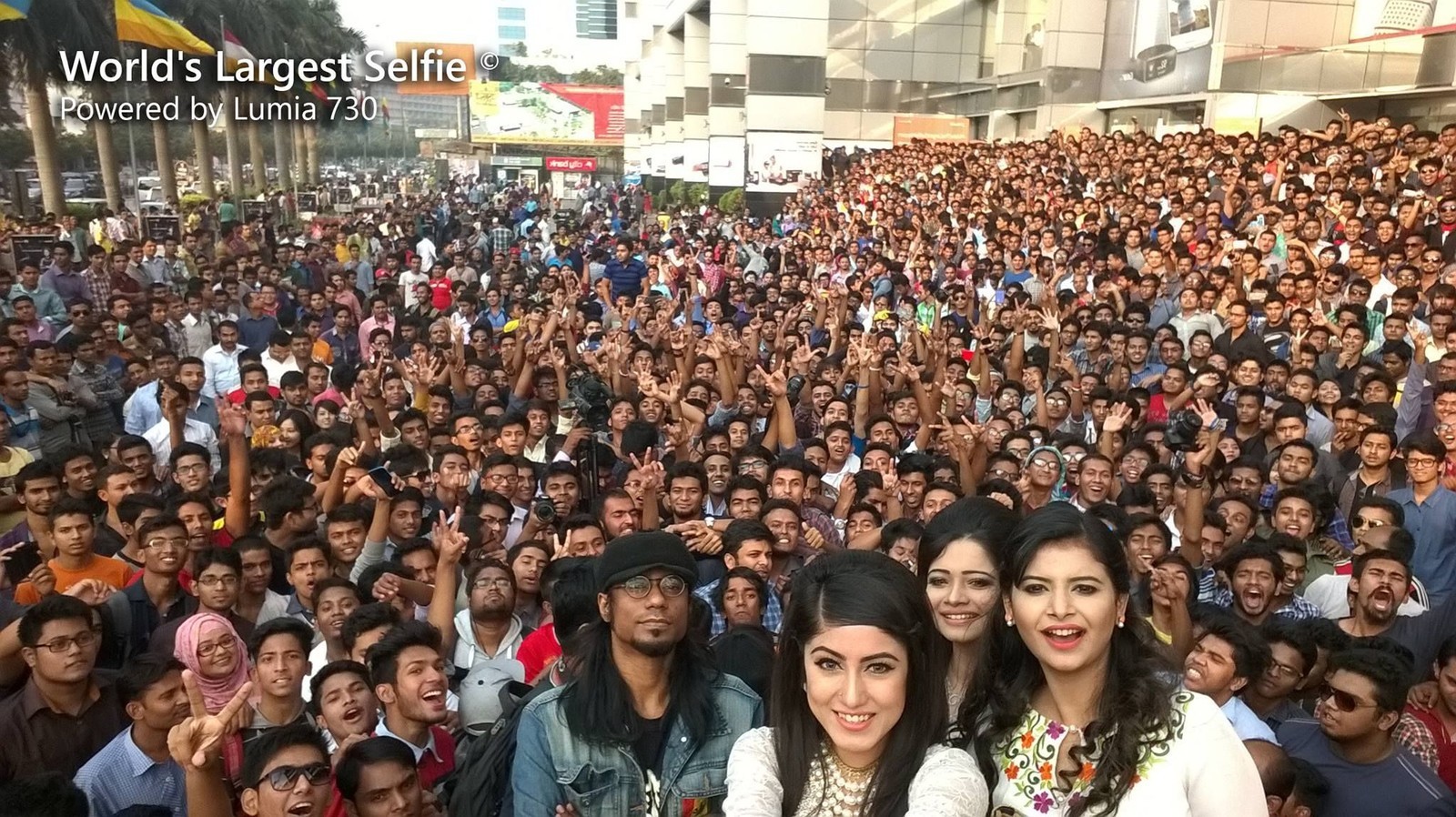djl
Face detection example
In this example, you learn how to implement inference code with a pytorch model to detect faces in an image.
Server model:
The source code can be found at RetinaFaceDetection.java.
The model github can be found at Pytorch_Retinaface.
Lightweight model:
The source code can be found at LightFaceDetection.java.
The model github can be found at Ultra-Light-Fast-Generic-Face-Detector-1MB.
Setup guide
To configure your development environment, follow setup.
Run face detection example
Input image file
You can find the image used in this example in the project test resource folder: src/test/resources/largest_selfie.jpg

Build the project and run
Use the following command to run the project:
cd examples
./gradlew run -Dmain=ai.djl.examples.inference.face.RetinaFaceDetection
./gradlew run -Dmain=ai.djl.examples.inference.face.LightFaceDetection
Your output should look like the following:
[INFO ] - Face detection result image has been saved in: build/output/retinaface_detected.png
[INFO ] - [
{"class": "Face", "probability": 0.99993, "bounds": {"x"=0.552, "y"=0.762, "width"=0.071, "height"=0.156}}
{"class": "Face", "probability": 0.99992, "bounds": {"x"=0.696, "y"=0.665, "width"=0.071, "height"=0.155}}
{"class": "Face", "probability": 0.99976, "bounds": {"x"=0.176, "y"=0.778, "width"=0.033, "height"=0.073}}
{"class": "Face", "probability": 0.99961, "bounds": {"x"=0.934, "y"=0.686, "width"=0.032, "height"=0.068}}
{"class": "Face", "probability": 0.99949, "bounds": {"x"=0.026, "y"=0.756, "width"=0.039, "height"=0.078}}
]
An output image with bounding box will be saved as build/output/retinaface_detected.png:
(For lightweight model, should be ultranet_detected.png)
